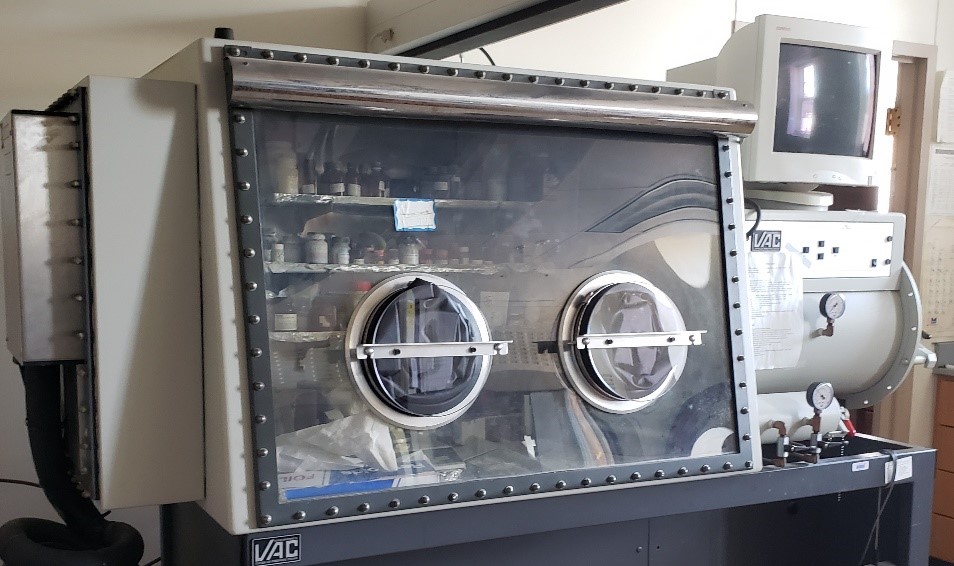Lab Safety Equipment
Safety Showers
Safety Showers are required in area where hazardous chemicals are used and they can be wall mounted or freestanding. In the event of a chemical exposure, the safety shower should be use immediately. The area to the safety shower would be easily accessible, clear of obstructions, and clearly labeled. The safety shower are annually inspected by SMU EHS. If there are any issues with the safety shower, contact SMU Facilities.

Eyewash
Eyewash can be found by the safety shower or sink next to the facet. Chemical exposure to the eyes require the immediate use of eyewash. The path to the eyewash should be clear and unobstructed. The eyewashes are to remain capped until use. The annual inspection is performed by SMU EHS. If possible, the lab should perform weekly inspection on the eyewash. Eyewash should be clearly labeled. Contact SMU Facilities for any issues regarding eyewashes.
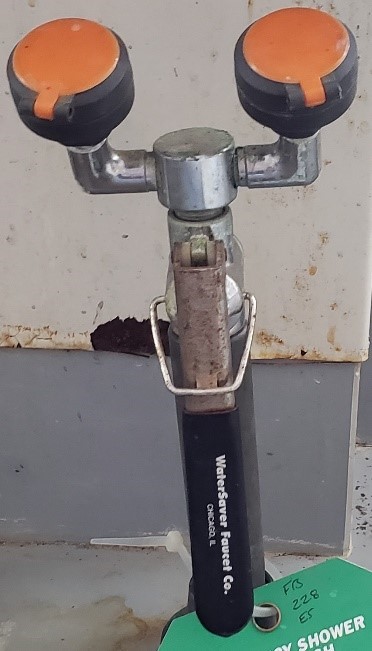
Drench Hose
The drench hose targets specific location of chemical exposure such as in the eyes or skin. Drench hose is not a sufficient replacement for safety shower or eyewash. The maintenance schedule and procedure of the drench hose are similar to the eyewash. Annual inspection is performed by SMU EHS while the lab is responsible for weekly inspection when possible. It should be easily accessible, unobstructed, and labeled. Contact SMU Facilities for any issues regarding drench hoses.
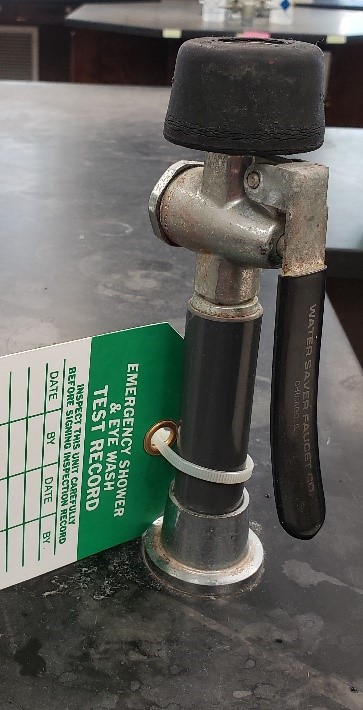
Fire Extinguisher
Fire extinguishers are fire protection devices that can assists in controlling small fires during an emergency. There are three classes of fire extinguishers on campus: ABC, D, or K. Class D fire extinguishers are located in areas where combustible metals are being utilize such as inside research laboratories while class K can be found in areas where commercial cooking operations such as inside dining halls. Fire extinguishers are inspected annually.
For additional information regarding fire safety, please refer to the https://wcmstage.smu.edu/BusinessFinance/Risk-Management-Demo/Emergency-Management-Fire-Safety/Fire-Safety
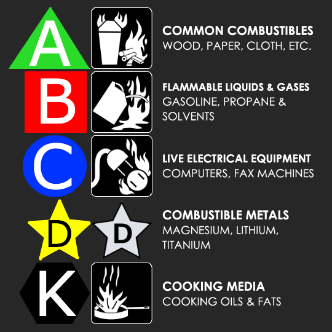
Chemical Spill Kit
Chemical spill kits contain items that can be use in the event of a small chemical spill clean-up. EHS has provided chemical spill kits throughout the SMU campus to contain small chemical spills in case of an emergency. The spill kits are restock annually by SMU EHS and the following materials can be found inside the chemical spill kit: loose absorbent, spill pads, Silvershield and nitrile gloves, apron, booties, goggles, hazardous waste bags and labels, and broom and dustpan. Laboratory may choose to purchase their own specialized chemical spill kit from external vendors. Specialized spill kits for hydrofluoric acid and mercury use are required for laboratories. Information on the handling of spill responses can be found on the Spill Response Checklist located here. Contact SMU EHS for chemical spill kit refilling, spill waste disposal, and for large spill cleanup. For additional information about laboratory emergency responses, please refer to the Chemical Hygiene Plan.
EHS Spill Kit Locations:
- Fondren Science Building (2nd floor under windows at the end of hall)
- Heroy Science Hall (2nd floor under table near elevator)
- Dedman Life Sciences Building (1st Floor across from vending machines)
- Embry Engineering Building (2nd floor under windows by elevator)
- Owen Art Center (2nd floor near elevator)
- 5538 Dyer St. (In Suite 101)
- 2701 Fondren Dr. (Across from flammable chemical cabinet in the back)
- Bridwell Library (In Room 233)
- Dawson Service Center 100A
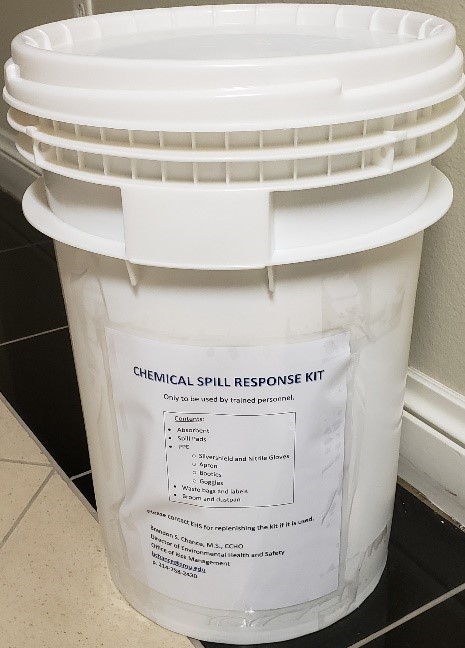
Flammable Liquid Storage Cabinets
Flammable liquid storage cabinets is use for long-term storage of flammable and/or combustible liquids. Quantities of flammable liquid greater than 10 gallons must be stored inside flammable liquid storage cabinets. These cabinets can protect the hazardous materials inside from contributing to a fire and keep incompatible chemicals segregated. Flammable liquid storage cabinets are required to meet certain regulations from NFPA and OSHA and must be properly labeled. Only flammable and combustible substances are stored inside flammable cabinets. Please refer to OSHA 29 CFR 1910.106 and NFPA 30 for additional information regarding flammable and combustible material storage guidelines.
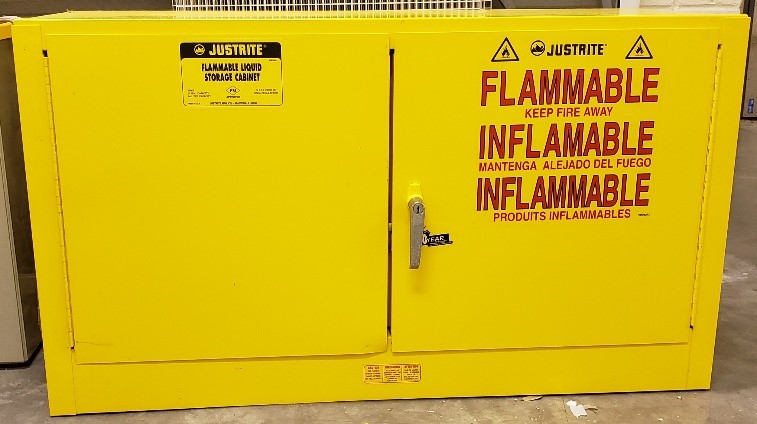
Flammable & Explosion Proof Refrigerators
Domestic refrigerators may contain lights, thermostats and heater strips which make flammable materials storage unsuitable. For flammable substances that require storage under a cool environment, a flammable or explosion proof refrigerators should be use. Flammable or explosion proof refrigerators can protect against the ignition of flammable vapors and eliminate sources of ignition. Flammable proof refrigerators should be correctly labeled as such and must be U.L. listed.
Corrosive/Acid Cabinets
Corrosive/acid cabinets are chemical storage cabinet use to appropriately stored corrosive or acid. The cabinet should be made out of polyethylene or metal. Both polyethylene and metal can provide sufficient spill protection. There are currently no special regulations on corrosive and acid cabinets; however, proper labeling is required.
Safety/blast shields
For handling of potentially explosive and highly reactive compounds, a safety/blast shield should always be utilized. Safety/blast shield is the first line of defense against potential of over-pressurization and high pressure reactions. The protection on the sides and back of the safety/blast shields are limited. It is the responsibility of the PI to obtain safety/blast shield when necessary. The use of safety/bast shield should be use in conjunction with a chemical fume hood.
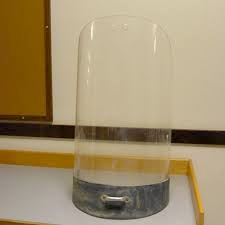
Chemical Fume Hood
Chemical fume hood is a type of engineering controls that can protect laboratory staff from hazardous chemical material exposure. It’s a ventilation device that has a chemical and fire-resistant interior with a movable sash window for flammable and/or toxic chemicals handling. Biohazardous materials and highly toxic materials handling are prohibited inside fume hood. Fume hood must follow the requirements set forth by OSHA’s Laboratory standards. The required annual certification is completed by SMU EHS. SMU Facilities is responsible for any service and/or repairs of the fume hood. Please refer to SMU Fume Hood or OSHA 29 CFR 1910 for detail information regarding federal and specific SMU guidelines.
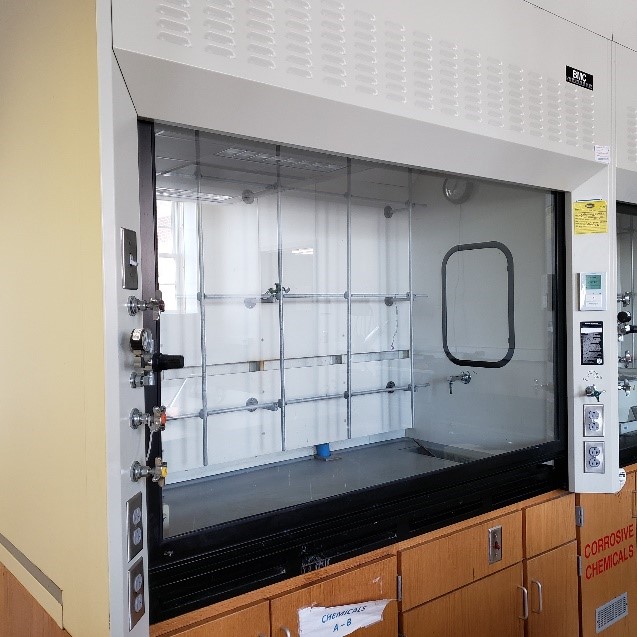
Biological Safety Cabinet (BCS)
Biological safety cabinet is a type of engineering control use to protect laboratory staff from biohazardous material exposure. BCS is use for infectious biological agents handling and can protect user, environmental, and material from cross contamination. The use of hazardous chemicals and open flame inside BSC is prohibited. PI is responsible for the maintenance and annual certification of the BSC. For specific information regarding BCS guidelines, refer to NSF/ANSI 49 standards and SMU Biological Safety Cabinets guidelines.
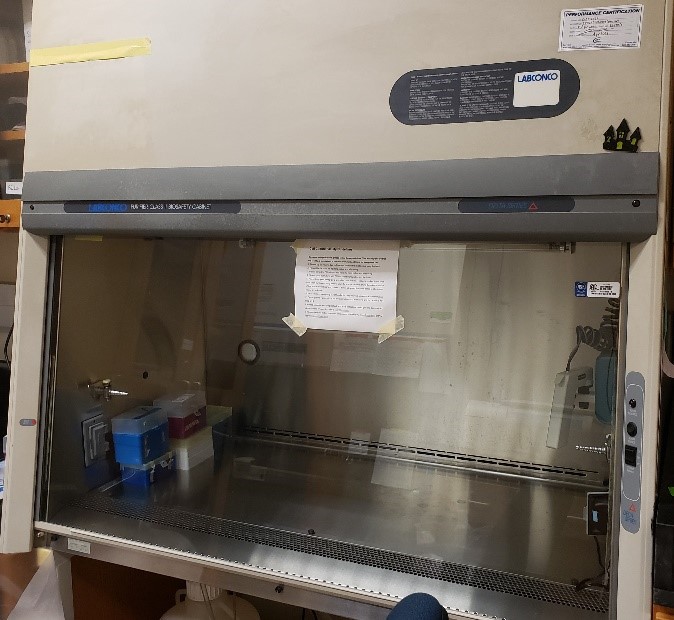
Glovebox
Glovebox is a sealed container that can provide a desirable atmosphere for the manipulation of hazardous materials. The purposes of the glovebox is to protect the laboratory worker, environment and samples from contamination. Glovebox is consider to be Class III Biological Safety Cabinets and can provide protection against infectious agents. Chemical hazardous materials that are sensitive to air and water, toxic gases and pathogens can be processed safely inside glovebox. It is the responsibility of the PI to complete proper maintenance and annual certification on the glovebox. Daily inspection on the glovebox is also recommended.
